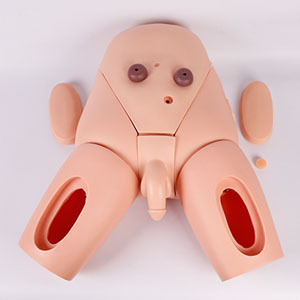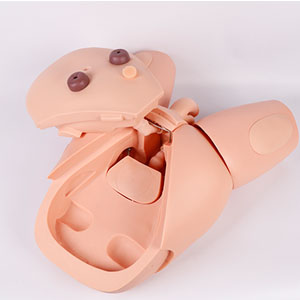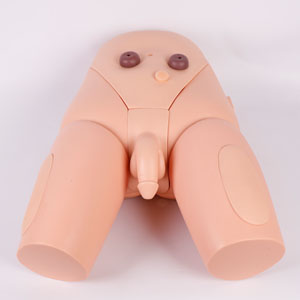30-12-2024
ADA MED SUPPLY LIMITED
Advanced male catheterization models promote the advantages of standardized education
1. Provide unified teaching standards and operating procedures
The advanced male catheterization model provides a unified teaching platform for nursing education by simulating the anatomy of male urethra, the path of urethra intubation and the possible clinical problems (such as urethral stenosis, bleeding, etc.). Different from the traditional teaching mode, the model provides students with standardized catheterization operation procedures and skills, and ensures that students master standardized operation norms in the learning process through repeated practice. This unified training approach not only enables students to gain consistent operational experience in a simulated environment, but also enables teachers to conduct unified teaching evaluations across different institutions and medical institutions.

Advanced male catheterization model
2. Consistency and repeatability
Teaching using the advanced male catheterization model ensures that every nursing student receives the same quality and standard of training. Unlike individual differences in clinical practice, simulation training provides a high degree of consistency and repeatability. Whether it is basic nursing school or hospital training at different levels, nursing students learn and operate under the same standards. This consistency is important to ensure the development of nursing skills, especially in complex and delicate procedures such as male catheterization, where standardized training is critical.
Data support: Effect of model training on standardization of nursing education
According to a study in the Journal Nursing Education and Practice, students trained with advanced male catheterization models had significantly higher skills mastery, practice, and clinical performance than students trained with traditional teaching methods. The study showed that students trained with the model were able to significantly reduce the error rate in the catheterization procedure, and the operation success rate increased by about 30%. In addition, the model training also helps students master every step of the operation, including urethral cleaning, intubation depth control, attention to patient comfort and other details, which are often overlooked in traditional teaching.

Further research also showed that simulation training shortened the learning curve of nursing students. In traditional clinical learning, students often need to experience a long period of practice and teacher supervision to master urinary catheterization technology, while the simulation model helps students master basic skills in a short period of time through a standardized training process, reducing learning pressure and mistakes in clinical operation.
Clinical significance: To promote consistency in the quality of care
1. Improve operation standards and patient safety
Standardised teaching ensures that all nursing staff follow the same practice when facing similar clinical problems, thereby improving the overall quality of care. Male catheterization is a fundamental but critical care skill that is directly related to patient safety and comfort. Through standardized training of advanced male catheterization models, nursing staff can avoid complications such as urethral injury and infection caused by improper operation, thereby improving the quality of patient care and ensuring patient safety.
2. Support cross-institutional training and exchanges

With the increasing demand for standardization of nursing education in the healthcare industry, especially in multi-hospital and cross-regional medical groups, the application of advanced male catheterization models ensures consistency in nursing training across regions. Whether in primary care training facilities or high-end medical centers, nursing staff are trained to the same standard, which helps to promote collaboration and staff mobility across institutions, while reducing the uneven quality of care caused by technical differences.
conclusion
The advanced male catheterization model can effectively promote the standardization of nursing education by providing a consistent and controllable training platform to help students master standardized operational skills in a simulated environment. Through unified teaching process, standardized operating norms and highly consistent learning experience, model training not only improves students' operational skills, but also provides strong support for the standardization and standardization of nursing education. Data support shows that simulation training can not only improve the efficiency and accuracy of skill acquisition, but also reduce clinical error rates and improve patient safety. With the increasing demand for standardized nursing skills in the healthcare industry, advanced teaching models will undoubtedly play an increasingly important role in nursing education.